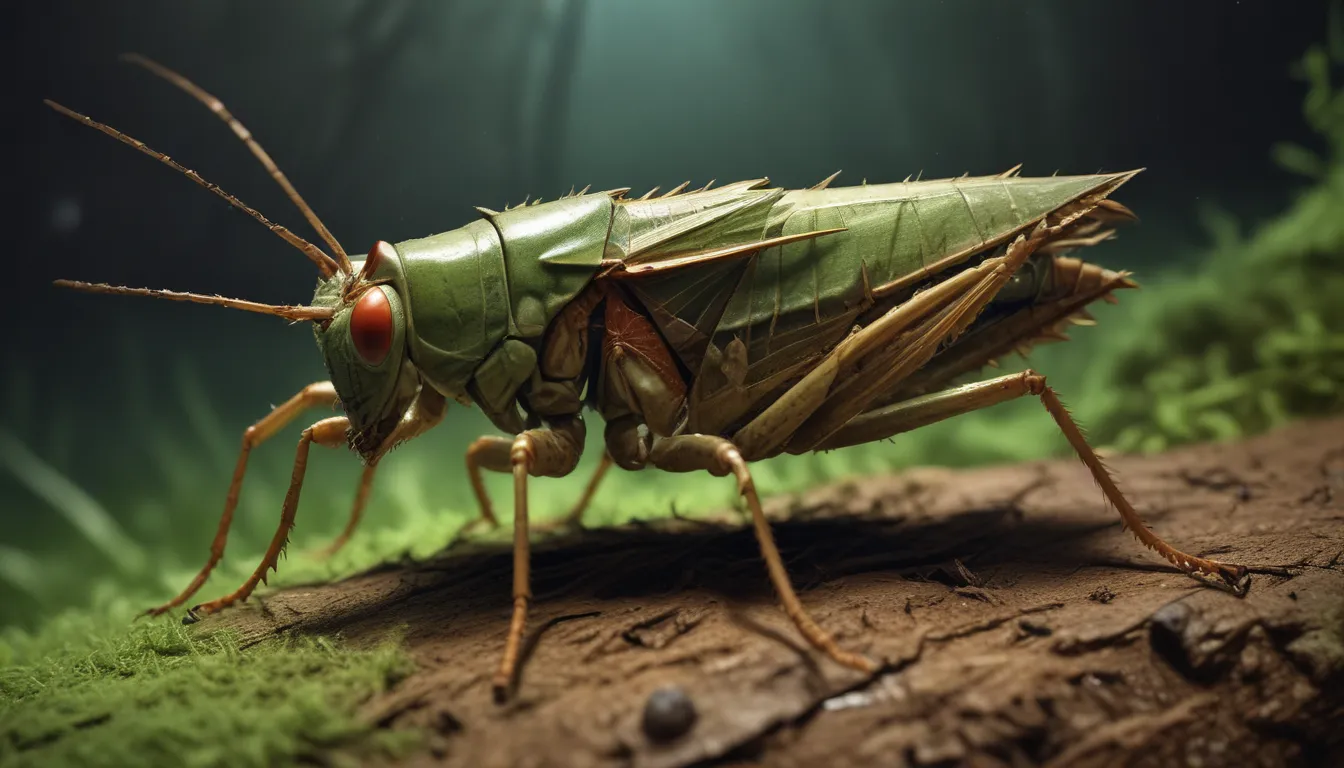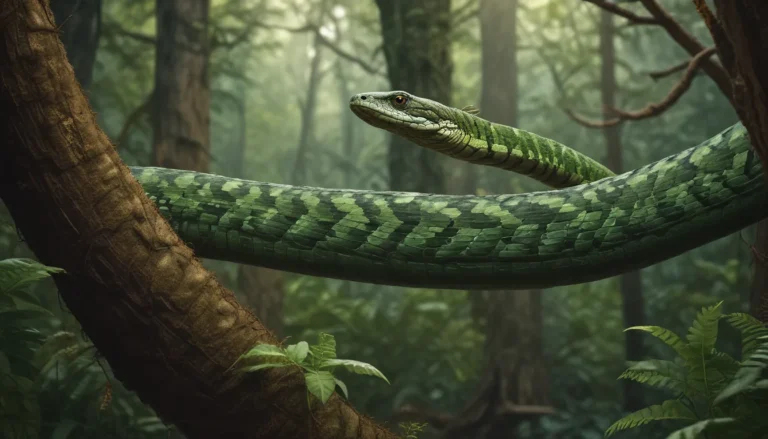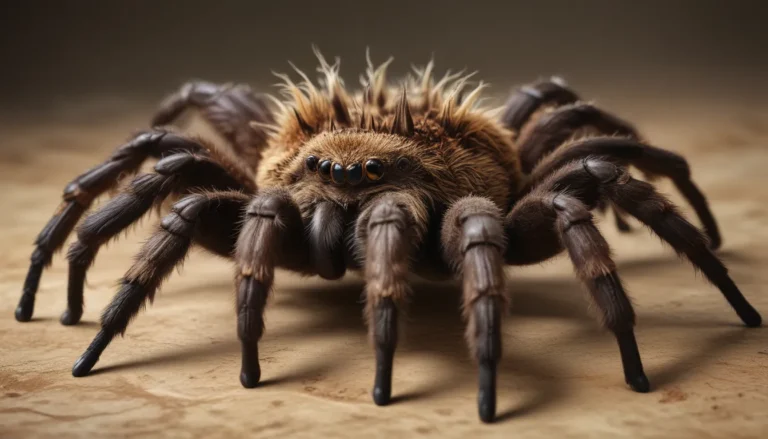The pictures we use in our articles might not show exactly what the words say. We choose these pictures to make you interested in reading more. The pictures work together with the words but don’t take their place. The words still tell you the important facts.
Crickets, those small, chirping insects that fill the warm summer nights with their melodious tunes, are more than just background noise. These fascinating creatures have captured the curiosity of scientists and nature enthusiasts alike, revealing a world filled with evolutionary significance, ecological importance, and intriguing adaptations. Join us on a journey into the captivating world of crickets as we uncover 13 fascinating facts that will deepen your appreciation for these humble insects and expand your knowledge of their remarkable world.
The Lifecycle of a Cricket
Crickets undergo a fascinating lifecycle that begins with hatching from eggs and progresses through a series of molts until they reach adulthood. This remarkable transformation typically takes around 8-10 weeks, depending on the species. From the tiny nymphs to the fully developed adult crickets, each stage of their lifecycle offers insights into their unique biology.
Crickets Can Jump High
One of the most astonishing abilities of crickets is their incredible jumping skills. Thanks to their powerful hind legs, crickets can leap up to 30 times their body length. This impressive talent not only helps them evade predators but also allows them to navigate their environment with agility and grace.
The Chirping Sound of Crickets
The iconic chirping sound of crickets is a familiar soundtrack to summer evenings. Male crickets produce this melodious sound by rubbing their wings together in a process known as "stridulation." This chirping serves multiple purposes, from attracting potential mates to defending their territory against rivals.
Crickets Have a Varied Diet
As omnivorous creatures, crickets have a diverse diet that includes plants, fruits, and even other insects. Their role in nature extends beyond mere consumption, as they contribute to pest control and aid in the decomposition process. These small insects play a crucial part in maintaining the balance of their ecosystem.
The Sensory Antennae of Crickets
Crickets rely on their long, slender antennae as their primary sensory organs. These antennae play a vital role in detecting vibrations, locating food, and identifying potential mates. Through these sensitive appendages, crickets navigate their environment and communicate with others of their kind.
Crickets Can Damage Crops
While crickets offer numerous benefits to the ecosystem, they can become pests when their populations grow unchecked. In certain situations, crickets can inflict damage on agricultural crops, posing economic challenges for farmers. Understanding the delicate balance between the advantages and disadvantages of these insects is crucial for effective pest management strategies.
There are Over 900 Species of Crickets
With a staggering diversity of over 900 known species worldwide, crickets inhabit a wide range of habitats, from grasslands and forests to urban areas. Each species boasts unique characteristics and behaviors that contribute to the rich tapestry of the insect world. Exploring the vast array of cricket species reveals the intricacies of their evolutionary adaptations.
Crickets Have Exquisite Camouflage
Many cricket species have evolved exquisite camouflage that allows them to blend seamlessly into their surroundings. This remarkable adaptation serves as a defense mechanism, enabling crickets to evade predators and thrive in their natural habitat. The art of camouflage is a testament to the ingenuity of these small insects.
Crickets Can Regenerate Lost Limbs
In a display of resilience, crickets possess the remarkable ability to regenerate lost limbs. If a cricket loses a leg due to injury, it can grow a new one, ensuring its continued mobility and survival. This extraordinary adaptation highlights the tenacity and adaptability of these fascinating creatures.
Crickets are Nocturnal Insects
Active primarily during the night, crickets are considered nocturnal insects with specialized adaptations for low-light conditions. Their compound eyes and sensitive tympanal organs enable them to navigate and forage in the darkness, showcasing their remarkable sensory capabilities. The nocturnal lifestyle of crickets adds an air of mystery to their behavior.
Crickets are Used as Live Food
Due to their nutritional value and ease of breeding, crickets are commonly used as live food for reptiles, birds, and exotic pets. Their high protein content and accessibility make them a popular choice for feeding a variety of animals in captivity. The role of crickets as a renewable food source underscores their importance in the ecosystem.
Crickets are Symbolic in Many Cultures
Across different cultures worldwide, crickets hold symbolic significance, representing concepts such as good luck, abundance, and prosperity. In some traditions, crickets are even used as musical instruments, showcasing their cultural importance beyond their ecological roles. The symbolic value of crickets reflects the deep connections between humans and nature.
Crickets Have a Lifespan of a Few Months
The average lifespan of crickets varies among species, with most living for a few months to a year. Despite their relatively short lifespan, crickets play a vital role in the ecosystem, contributing to the intricate web of interactions that sustain life on Earth. Their fleeting existence is a reminder of the cyclical nature of biological processes.
Conclusion
In conclusion, crickets are remarkable creatures that fascinate and inspire awe with their unique characteristics and behaviors. From their lifecycle to their adaptive abilities, crickets embody the beauty and complexity of the natural world. By delving into the fascinating world of crickets, we gain a deeper understanding of the intricate connections that bind all living organisms together.
Explore More: The Whimsical World of Cricket
If you've enjoyed learning about crickets and want to delve deeper into the world of these enchanting insects, consider exploring additional fascinating facts. Discover the whimsical charm of Jiminy Cricket, the beloved companion of Pinocchio, and uncover astounding details about the Rajiv Gandhi International Cricket Stadium, an iconic venue for cricket enthusiasts. Lastly, be amazed by surprising facts surrounding the Sardar Vallabhbhai Patel Stadium, one of the world's largest cricket arenas. Each exploration promises a delightful journey into the realms of cricket, both the insect and the sport.
FAQs
- Are crickets harmful to humans?
-
Crickets are generally harmless to humans and do not pose significant threats. However, some individuals may experience allergies or sensitivities to cricket excrement or saliva.
-
Can crickets bite humans?
-
While crickets have biting mouthparts, they rarely bite humans. Instances of cricket bites are extremely rare, and any resulting bites are typically harmless and painless.
-
What do crickets eat?
-
Crickets are omnivorous creatures that feed on a variety of plant matter and small insects. Their diet includes leaves, fruits, seeds, and decaying organic matter, along with smaller invertebrates.
-
Why do crickets chirp?
-
Male crickets chirp primarily to attract females, utilizing their rhythmic sound produced by wing rubbing. Each cricket species has a distinct chirping pattern used for communication and courtship.
-
How long do crickets live?
- The lifespan of crickets varies depending on the species and environmental conditions, with most crickets living for a few months up to a year.
Our commitment to delivering trustworthy and engaging content drives our dedication to providing accurate and valuable information to our readers. Each fact shared on our platform is contributed by real users, ensuring a diverse range of insights and perspectives. Our team of dedicated editors upholds the highest standards of accuracy and reliability in reviewing each submission, guaranteeing that the information we provide is not only fascinating but also credible. Explore and learn with confidence as you journey through the captivating world of crickets with us.






